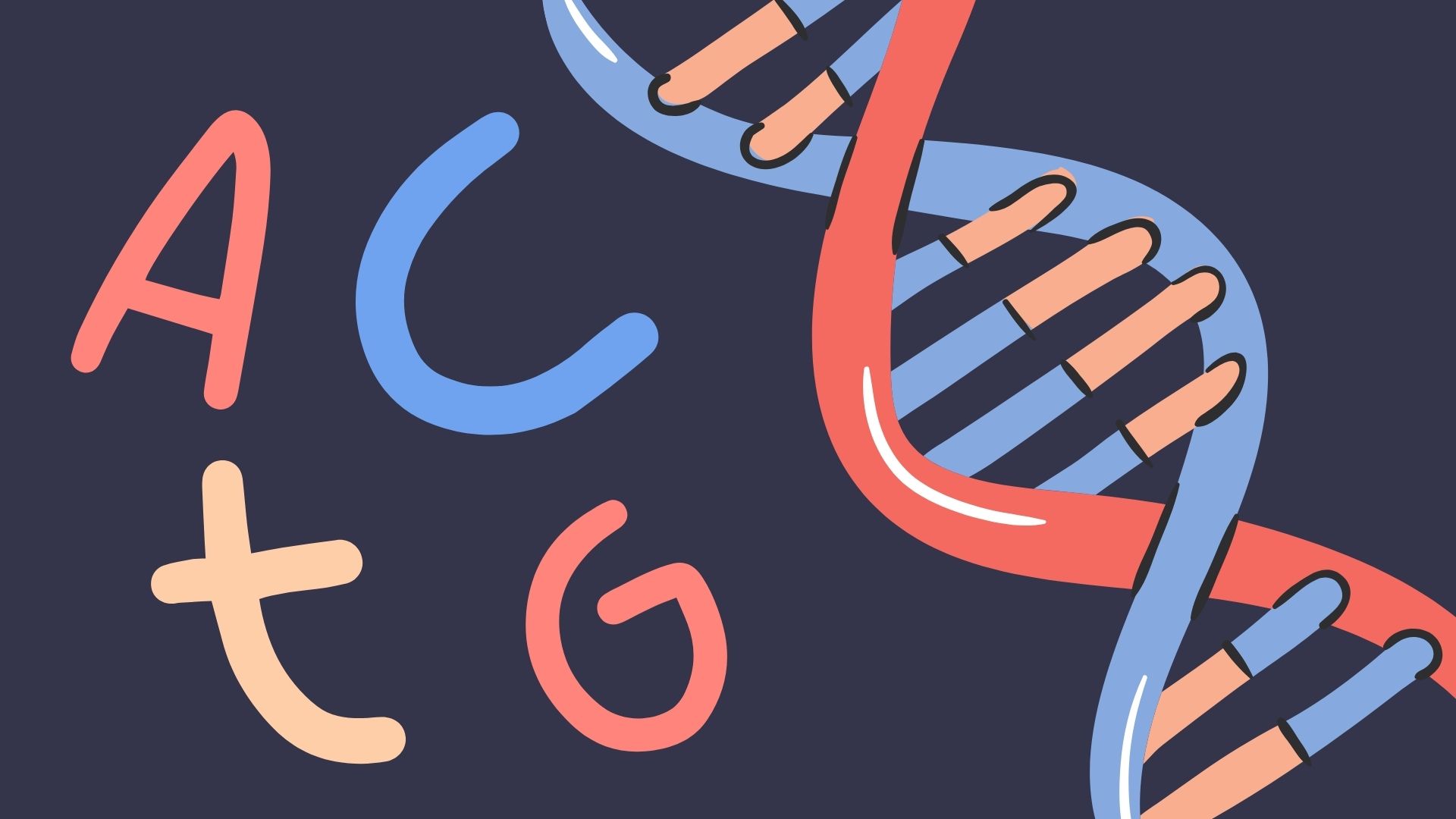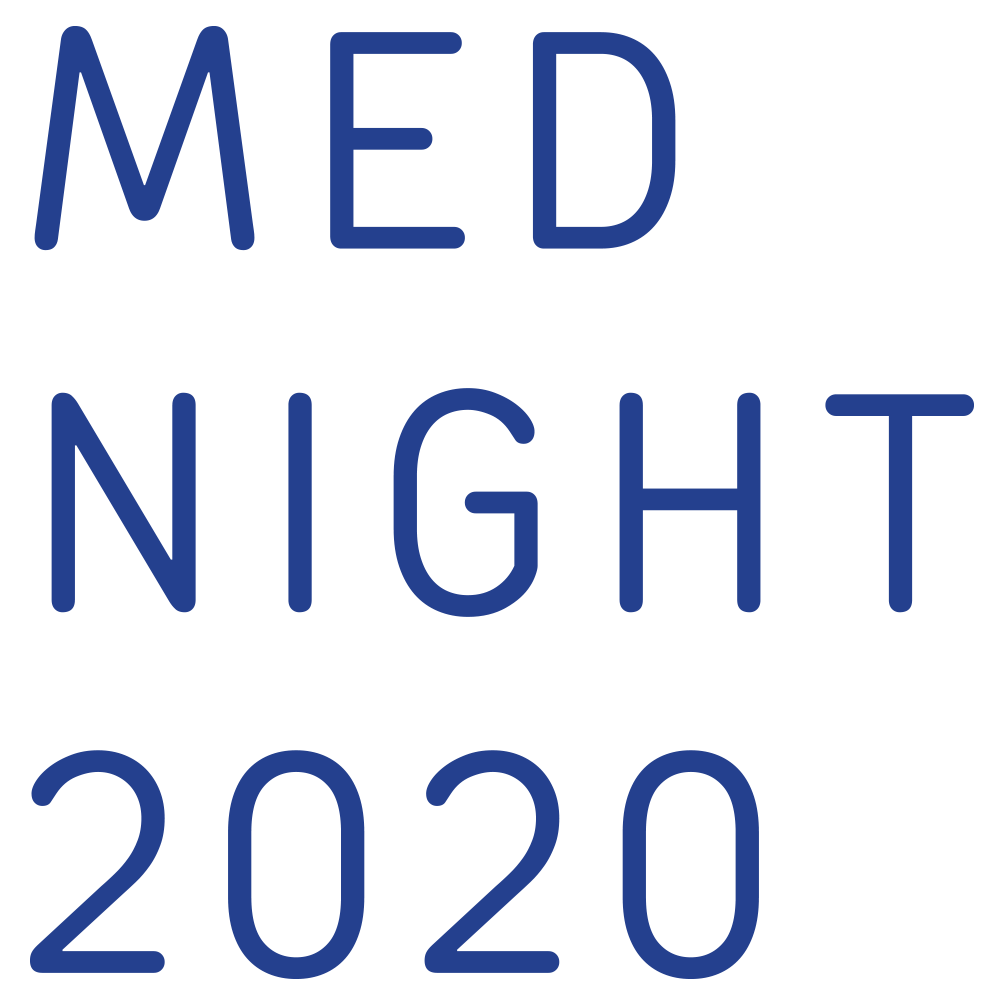
Write Life in Four Letters
In this link you can download a template to print, cut out and put together two types of DNA models. Edited by the Worldwide Protein Data Bank.
You can also try the DNA origami from yourgenome.org. It includes versions for colouring and video instructions.
A C G T. With these four letters you can write the book of life. All the instructions a cell needs to work, all we are and a lot of what we’ll be is a 6 trillion letter code, figuratively, A C G T.
DNA is possibly the most complex molecule that exists and, at least for living beings, the most important one. The genetic information contained in our DNA (deoxyribonucleic acid) has the form of a polymer, a structure formed, in turn, by smaller, repeating molecules. These small molecules, called nucleotides, are formed by a sugar (deoxyribose), a phosphate group, and a nitrogen base. The nitrogen bases of DNA can have four different forms: adenine (A), thymine (T), cytosine (C), or guanine (G). Their different combinations encode different instructions, so the AGGTCCATG sequence does not mean the same as the TTCCAGATC sequence.
But the nucleotides of our cells don’t live alone. The DNA chain is made up of a pair of nucleotides in the form of a spiral ladder: the famous double helix. The backbone of this structure would be the sugars. The rungs would be the nitrogenous bases. To build the ladder, the nitrogenous bases of the rung adhere to the glucose following the possible combination rules: A fits only with T, G fits only with C. Easier than mounting an Ikea shelf. But much, much bigger. If you could extract the DNA from one of your cells and unroll it, it’d be taller than you. And, if you combined all the DNA chains of your body, you’d have enough DNA to spread out a genetic skein that would reach the Sun… 600 times.
Rosalind Franklin and the Double Helix
Until just 60 years ago, we didn’t even know the form of DNA. Researcher Rosalind Franklin first managed to see the double helix structure of DNA in 1952. However, recognition for the discovery of the genetic basis of life fell to other researchers who took Franklin’s work without her permission.
Our Genetic Heritage
Another major milestone in DNA research was the Human Genome Project, the first major international effort in Biology history to determine the complete sequence of our genes. It ended in 2003, two years ahead of schedule. The results of the mapping and sequencing of all human genes were made available to the entire scientific community to continue advancing knowledge of what makes us what we are. The genome of Homo sapiens, declared world heritage, contains 23 pairs of chromosomes in the nucleus of each cell. Comparative genomics in humans has had its lights and shadows. Sometimes misinterpreted or biased in favour of those who want to make a problem of difference. Sometimes, to follow the trail to the origin of our species and to fight diseases.
Every April 25 we celebrate DNA Day. A date marked by the publication of Watson and Crick’s work on the molecular structure of nucleic acids. But, as evolutionary biologist Richard Dawkins says, DNA doesn’t take any notice: “DNA doesn’t mind about anything or know anything. DNA just is. And we dance to its tune”.
In this link you can download a template to print, cut out and put together two types of DNA models. Edited by the Worldwide Protein Data Bank.
You can also try the DNA origami from yourgenome.org. It includes versions for colouring and video instructions.
Did you like these activities? You have many more available, for young and old, in the special ‘Science in your living room’


La “Mednight” nace como fruto de la colaboración de un consorcio de 12 entidades: Universidad Miguel Hernández de Elche, Universidad de Alicante, Universitat de València, Universitat Politècnica de València, Universitat Jaume I, Universidad de Murcia, Universidad Politécnica de Cartagena, Fundación Fisabio, Fundación Séneca – Agencia de Ciencia y Tecnología de la Región de Murcia, INCLIVA y el Consejo Superior de Investigaciones Científicas, bajo la coordinación de El Caleidoscopio y con el patrocinio de la Generalitat Valenciana a través de Fundación de la C.V. para el Fomento de Estudios Superiores (FFES), la Casa Mediterráneo, Las Naves y Distrito Digital de la Comunitat Valenciana.




